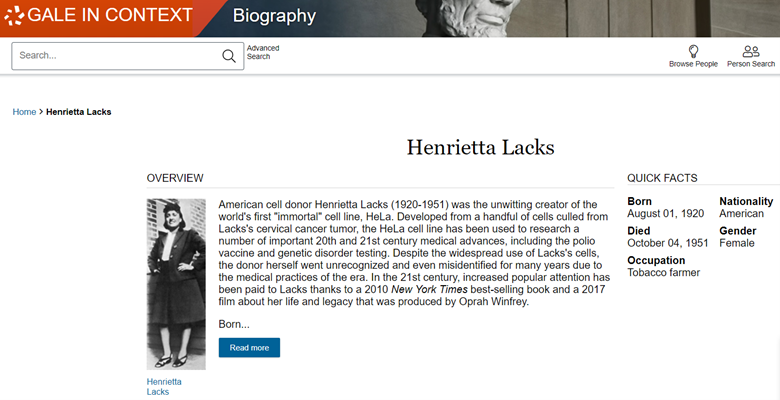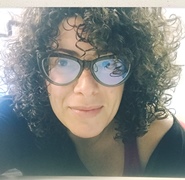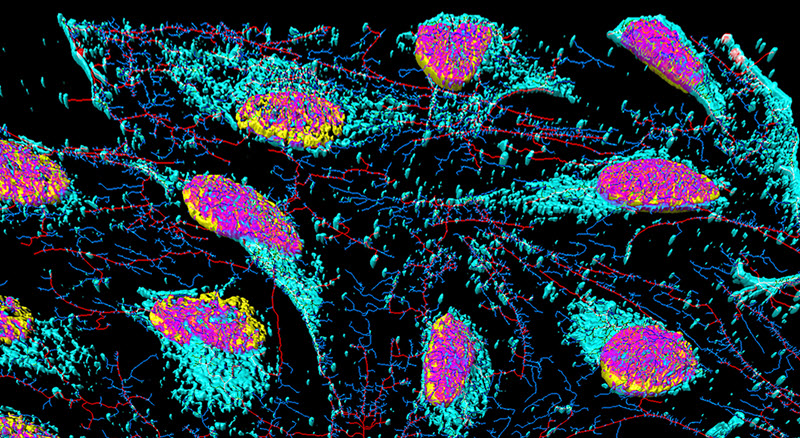| By Tracie Moy |
Update: Henrietta Lacks’ estate is suing a biotech company, accusing it of selling the cells that were taken from her in 1951 without her knowledge or consent. Lacks’ cells, reproduced countless times, are a foundation of modern medicine. Read the full article.
Original blog published February, 8, 2021: Henrietta Lacks didn’t set out to change the course of history, but that is exactly what occurred. Many of us owe our health and our lives to her, whether we know it or not.
Lacks was a young mother of five when she arrived at the clinic at Johns Hopkins Hospital complaining of bleeding. At the time, in 1951, Johns Hopkins was one of a few hospitals that would treat poor, Black women. Lacks saw Dr. Howard Jones, a renowned gynecologist, who discovered a large, malignant tumor on her cervix. It was confirmed that Mrs. Lacks had an aggressive cervical cancer, and she began radium treatments—the best medical option at the time.
Over the course of Lacks’s treatment, a sample of her cancer cells from a biopsy was (unknowingly and without her consent) sent to a lab run by Dr. George Gey. Dr. Gey had been studying cancer cells for a long time, but Lacks’s cells were unique in that instead of dying, the cells survived, outside the body, and doubled every 24 hours.1
Lacks’s cells are now known as “HeLa” cells, named after the woman from whom they came. These special cells are still used today to study the effects of hormones, drugs, and viruses on the growth of cancer cells. HeLa cells played a role in developing the polio vaccine and have contributed to the progress of medication for numerous ailments, including Parkinson’s disease and leukemia. The cells have recently been used for COVID-19 research.2
In 2010, Rebecca Skloot published The Immortal Life of Henrietta Lacks. The book tells Lacks’s story of her contribution to medical science and also raises important bioethical issues. It became the basis for the HBO-Harpo film by the same name, which released in 2017.

Skloot established the Henrietta Lacks Foundation to aid those who have been impacted by medical and scientific research without their knowledge or personal gain. This foundation strives to help “individuals who have made important contributions to scientific research without personally benefiting from those contributions, particularly those used in research without their knowledge or consent.”3
In 2019, a community park, the Ambrose Kennedy Park in Baltimore, Maryland, was renamed the Henrietta Lacks Educational Park to honor Lacks—a woman to whom all of humanity owes a debt of gratitude.
For more information, please refer to the Henrietta Lacks portal page in Gale In Context: Biography.
1. “The Legacy of Henrietta Lacks,” Johns Hopkins Medicine website, accessed February 2, 2021.
2. Harvard University blog; “Vessels for Collective Progress: the Use of HeLa Cells in COVID-19 Research,” by Noel Jackson, posted September 4, 2020.
3. The Henrietta Lacks Foundation website, accessed February 2, 2021.
Cover photo: HeitiPaves. Nuclei, microfilaments, and membrane particles in HeLa cells

Meet the Author
Tracie Moy has been with Gale prior to wrinkles! She’s a mom doing her best, a fierce lover of shoes, and can be found at home, staying safe! She’s infatuated with coffee and dark chocolate and believes that a “diet,” in any form, starts tomorrow.

